The Best Science Photos of the Week - Feb. 4, 2012
Martian Art, Supergiant Crustaceans, Jellyfish Blooms, and more ...
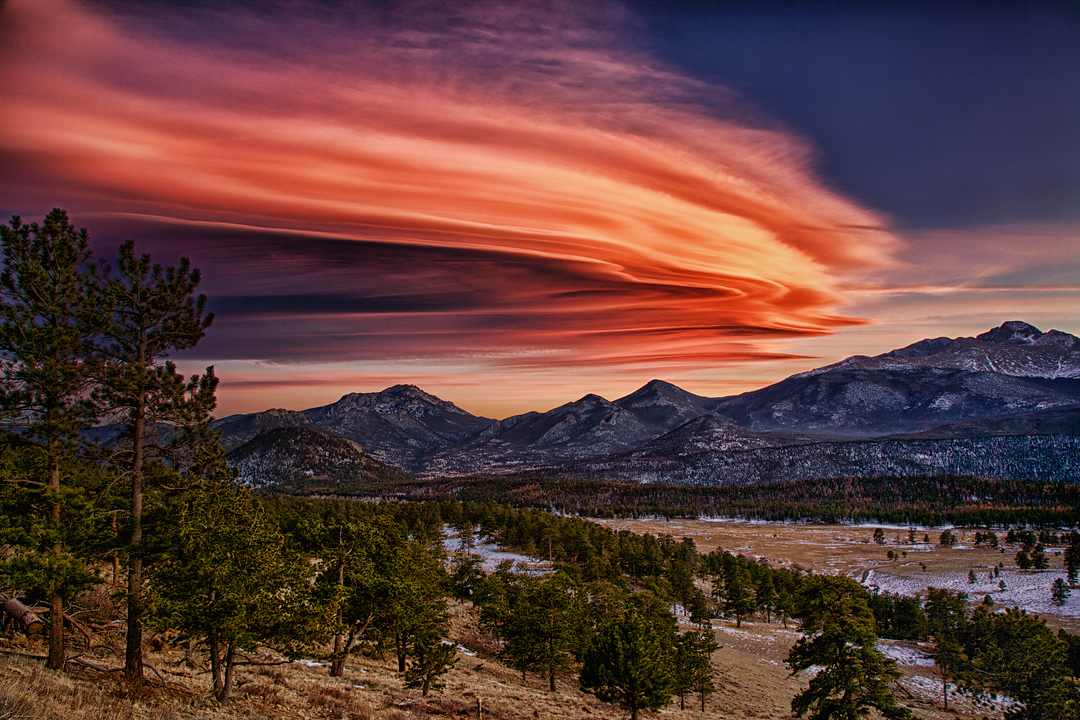
From beautiful sand ripples on Mars' surface and a stunning view of Earth to jellyfish blooms and gorgeous rainbow-colored mouse retina, this week is full of variety. Check out the best science photos of the week, including the surreal lenticular clouds shown here over Rocky Mountain National Park.
Blue Marble 2.0: The Flip Side
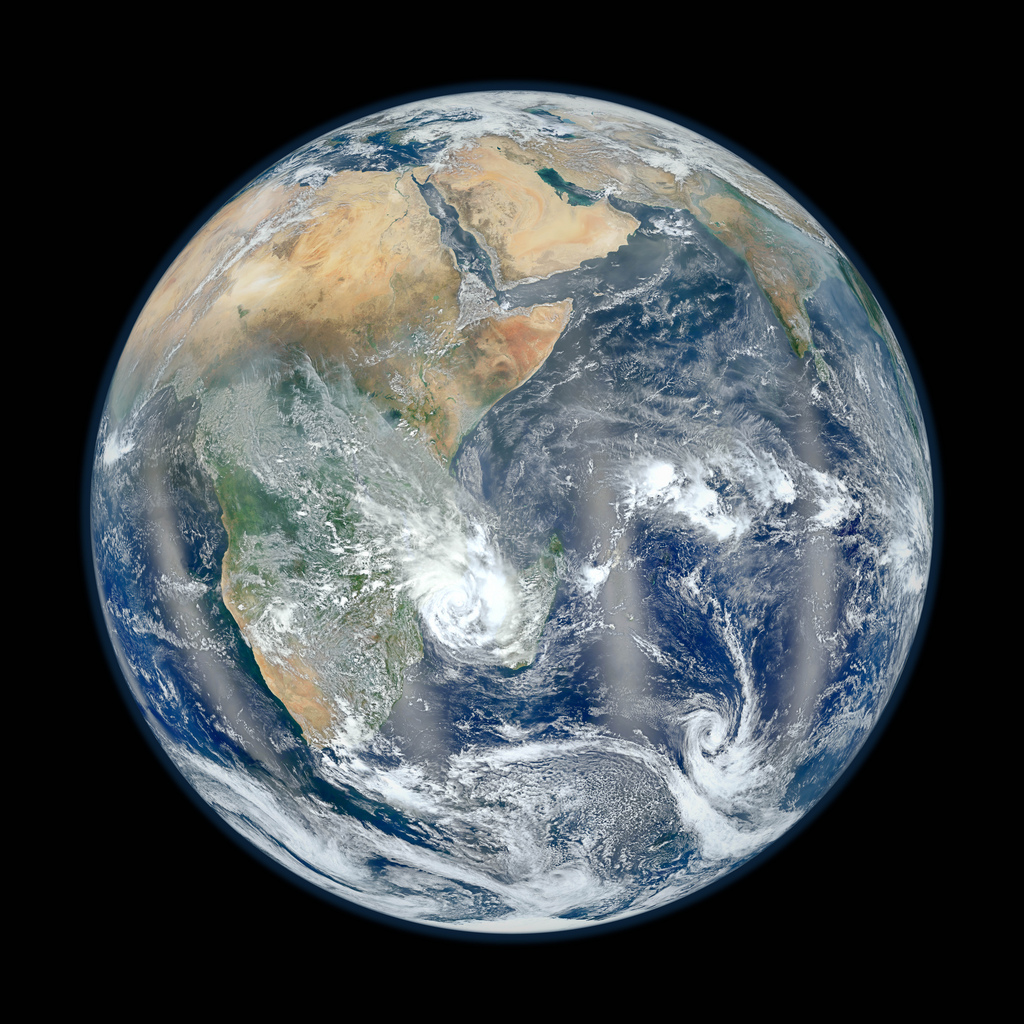
Bowing to popular demand, NASA has released the flip side of its newest "Blue Marble" image of Earth, revealing Africa, the Middle East, and the Indian subcontinent. The original Blue Marble photo of earth was snapped from about 28,000 miles (45,062 kilometers) away from Earth by Apollo 17 astronauts. If Earth were the size of a basketball, that would put the photographer about 30 inches (76 centimeters) away from the planet.
Blue Marble 2.0, on the other hand, is a satellite creation. The Suomi NPP satellite orbits 512 miles (824 km) over Earth. On our imaginary basketball, the satellite would rotate only five-eighths of an inch (1.5 cm) away. NASA scientists stitch together images taken from multiple passes by Suomi, creating a zoomed-out image of Earth as it would appear from 7,918 miles (12,743 km) away.
Attack of the Crustaceans!
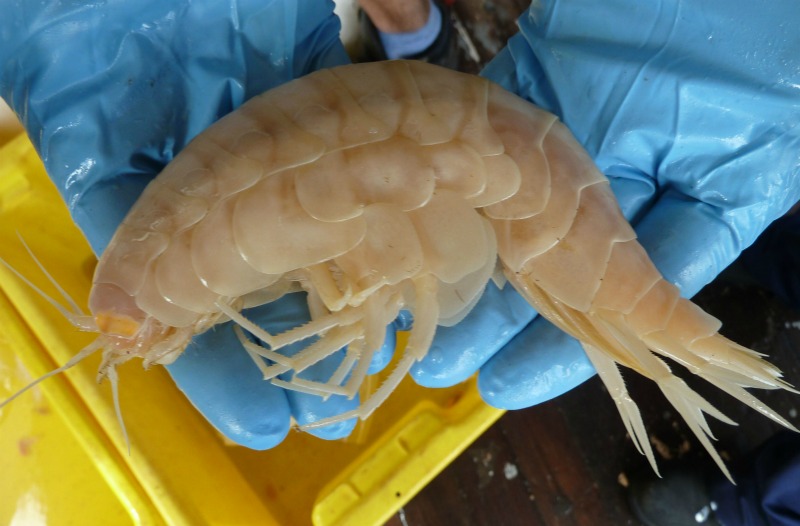
Scientists on an expedition to sample a deep-sea trench got a surprise when their traps brought back seven giant crustaceans glimpsed only a handful of times in human history. The "supergiant" amphipods are more than 20 times larger than their typical crustacean relatives, which are generally less than a half-inch (1 centimeter) long, and thrive in lakes and oceans around the world. [Read full story]
Rainbow Retina
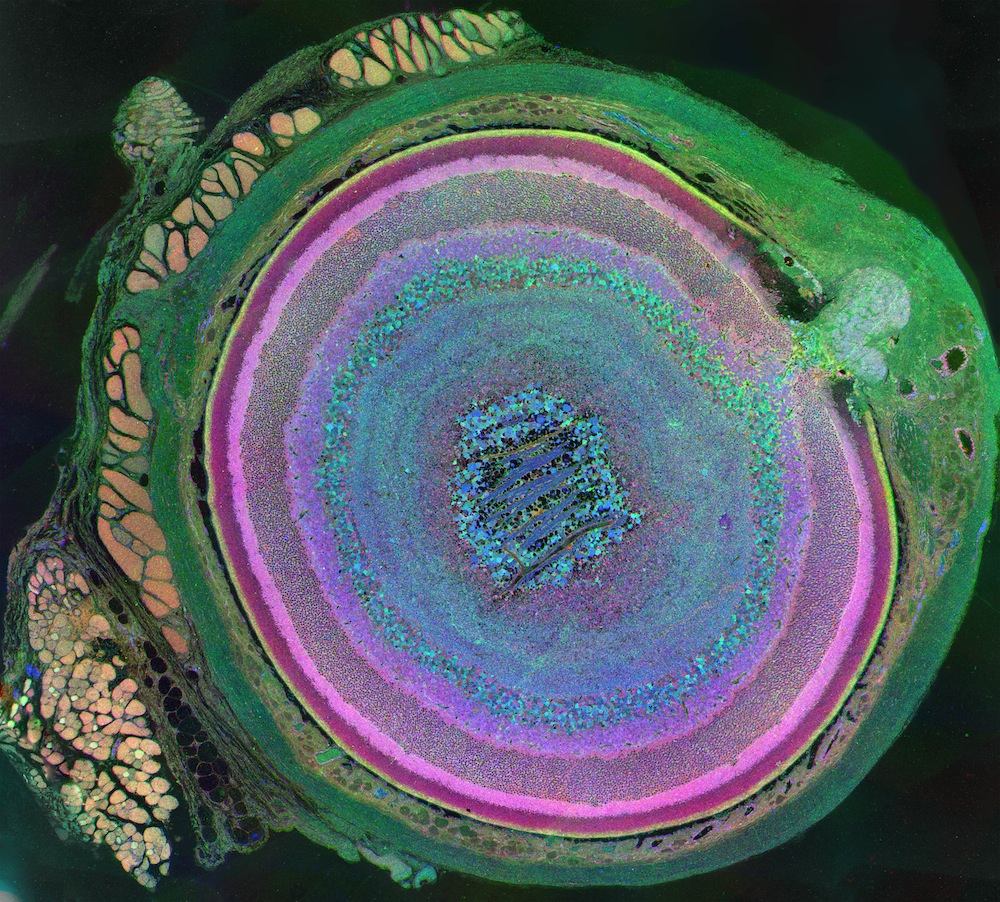
The winners of the 2011 International Science and Engineering Visualization Challenge, announced this week (Feb. 2) turn dry data into vivid imagery.
This rainbow retina took home first prize; the computational molecular phenotype image of a mouse's eye reveals the diversity of cell metabolism in the retina. The optic nerve is in the upper right of the image. The rectus muscles can be seen in red and gold, attached to the green sclera (the white part of the eye). Retinal layers appear in a rainbow of colors from light gold to pink and purple, while other cells show up in blue and green. [Read full story]
The Color of Math
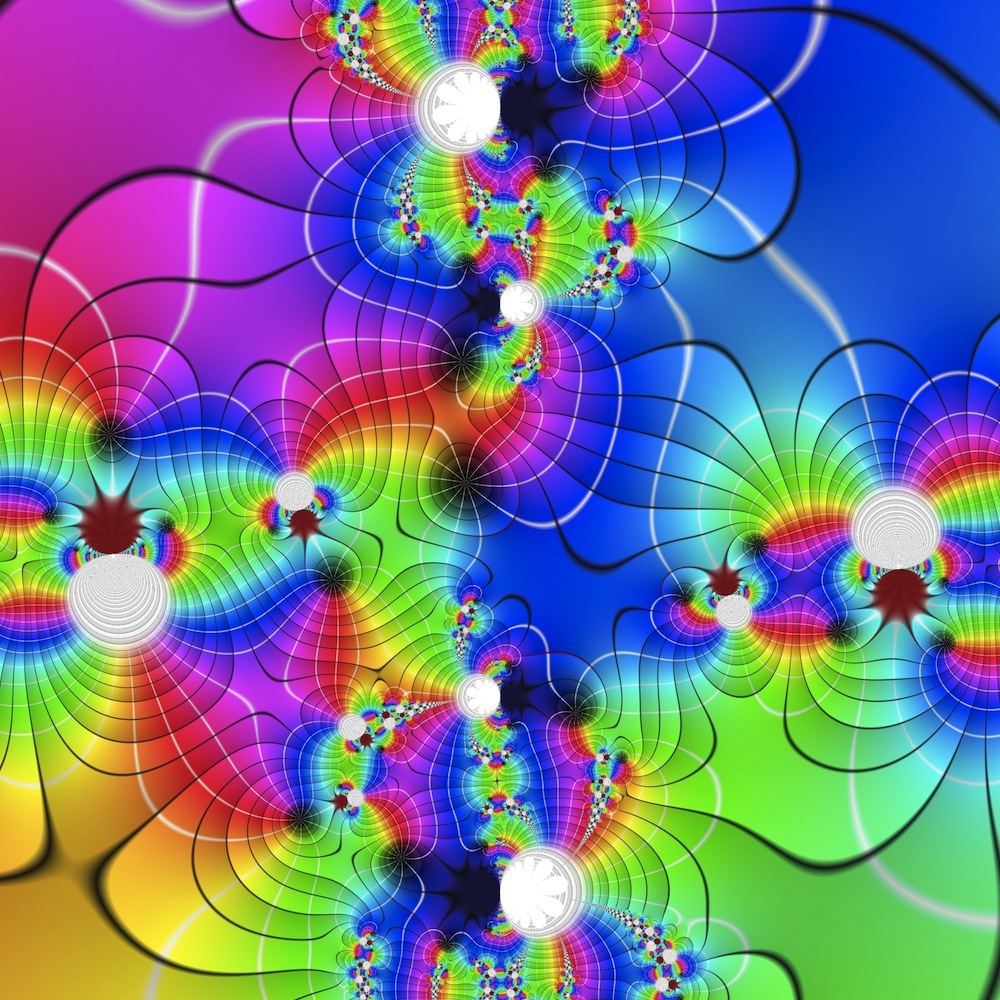
This honorable mention visualization shows the visualization of a complex function using colors to represent every complex number. Complex functions are important in math, physics and engineering.
Attack of the Antibody
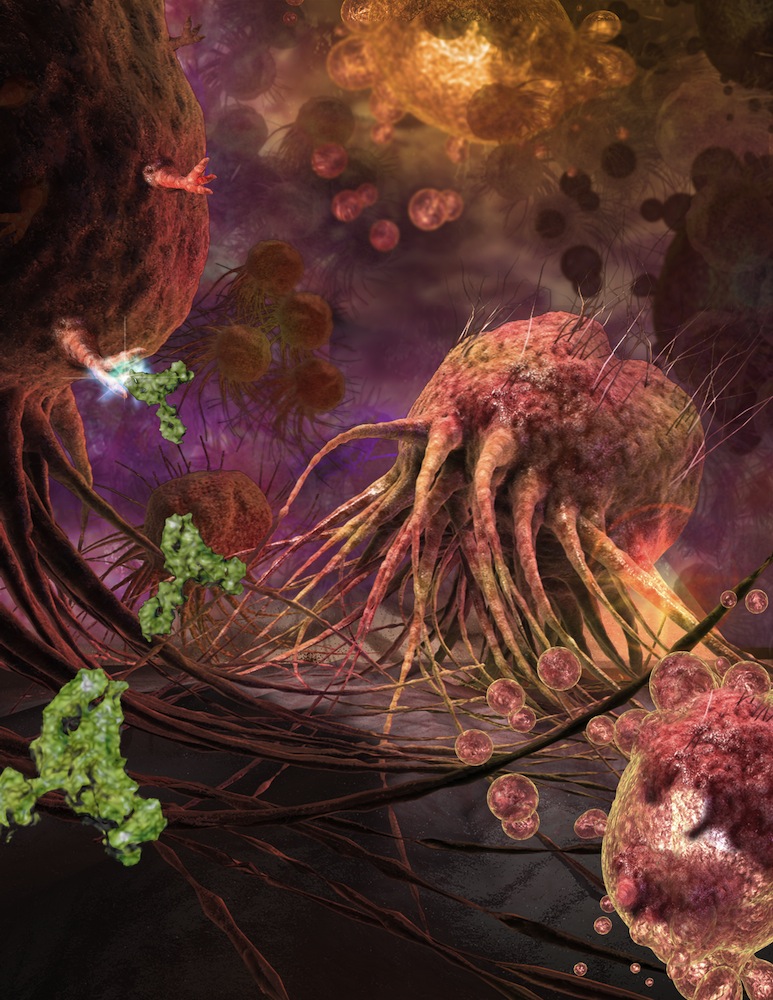
Winning honorable mention in the Visualization Awards contest, this illustration shows tumor death-cell receptors (DR5) on breast cancer cells targeted by the antibody TRA-8. [See more award-winning images]
Awww! Scruffy-Necked Wolf Pup Born

A conservation effort to breed rare maned wolves has resulted in four fuzzy bundles of joy in Front Royal, Va. The litter of pups, born to an 8-year-old mother wolf named Salina and her 4-year-old mate Nopal, is the first at the Smithsonian Conservation Biology Institute (SCBI) in two years.
Shown here, one of the pups at just 8-days-old. [Read full story]
Get the world’s most fascinating discoveries delivered straight to your inbox.
Martian Art
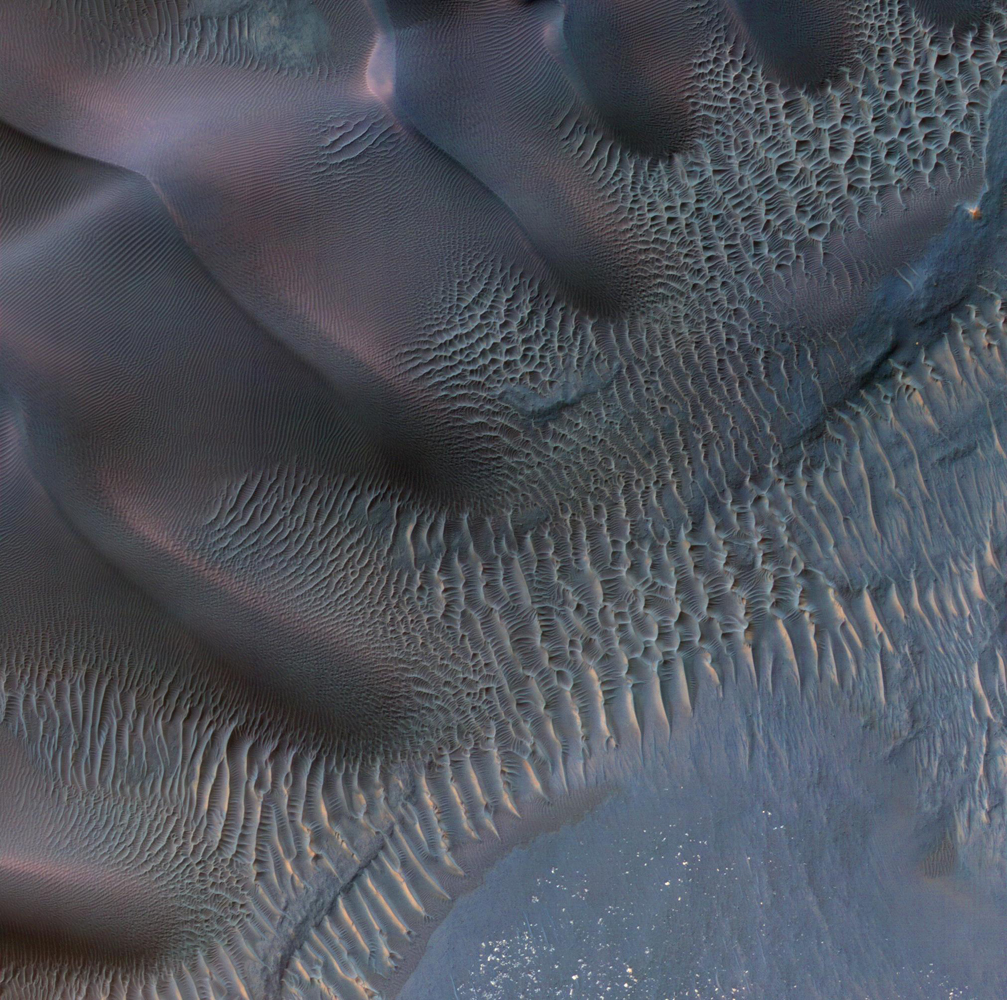
Mars may be a harsh and dusty world, but the Red Planet also doubles as a vast canvas for artful Martian winds, a newly released NASA photo reveals. The enhanced-color photo, snapped by NASA's powerful Mars Reconnaissance Orbiter, shows a stunning view of sand ripples and dunes inside a large impact crater in the an area of southern Mars that scientists call the Noachis Terra. The area covered in the image is about six-tenths of a mile (1 kilometer) across. Sand dunes are among the most widespread wind-formed features on Mars. [Read full story]
The Infinity Room

The "Infinity Environment," an installation art piece by Doug Wheeler on display at the Doug Zwirner Gallery in New York City. Life's Little Mysteries writer Natalie Wolchover visited the exhibit this week, read about her experience of this artist's valiant effort to realize infinity, a concept that has been known to humanity for thousands of years, but, for most of us, remains difficult to grasp. [Read full story]
Jellyfish Takeover?
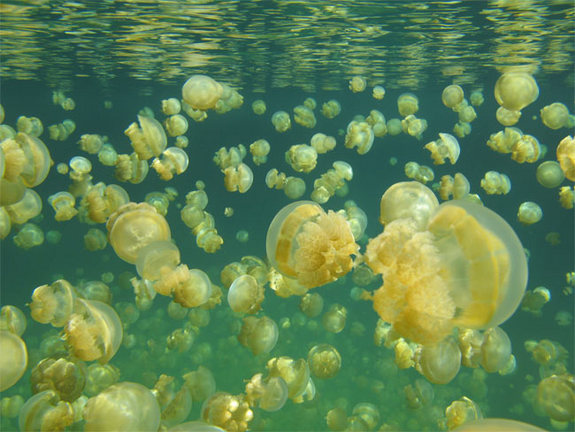
This week, scientists announced an effort to dispel what has become a modern myth — Around the world, more and more massive blooms of the gelatinous creatures are cropping up, nurtured by overfishing, climate change, pollution and other human alterations to the environment. Now a group of scientists have set out to see what's really going on with this diverse group of animals on a global scale. [Read full story]
Humans, Not Sun, Behind Global Warming

A recent, prolonged lull in the sun's activity did not prevent the Earth from absorbing more solar energy than it let escape back into space, a NASA analysis of the Earth's recent energy budget indicates. The results confirm greenhouse gases produced by human activities are the most important driver of global climate change, according to the researchers.
Shown here, a massive eruption on the sun's surface on Jan. 23. As part of its 11-year cycle, the sun is now ramping up, after an unusually long lull. [Read full story]

